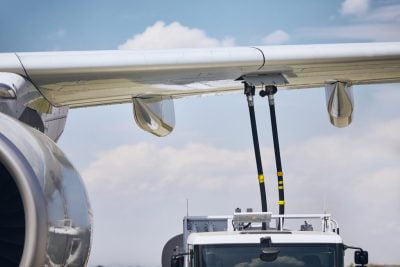et fuel is a type of aviation fuel designed for use in aircraft powered by gas-turbine engines. There are several types of jet fuel, with Jet A and Jet A-1 being the most commonly used in commercial aviation. Here’s an overview of its characteristics, composition, and usage:
Types of Jet Fuel
Jet A: Primarily used in the United States, it has a freezing point of -40°C (-40°F).
Jet A-1: Used internationally, it has a lower freezing point of -47°C (-53°F), making it suitable for long-haul flights and colder climates.
Jet B: A wide-cut fuel used in extremely cold climates due to its low freezing point, but it is more volatile and less common.

Composition
Jet fuel is a mixture of various hydrocarbons, primarily alkanes, cycloalkanes, and aromatic hydrocarbons. It is refined from crude oil and designed to meet stringent performance and safety standards. The exact composition can vary, but the fuel typically contains:
Paraffins (alkanes): Provide good combustion properties.
Naphthenes (cycloalkanes): Contribute to the fuel’s density and thermal stability.
Aromatics: Help maintain material compatibility with the fuel system components.
Properties
Energy Density: High energy content per unit volume, essential for long-distance flights.
Flash Point: The temperature at which the fuel can vaporize to form an ignitable mixture with air. Jet A and Jet A-1 have a flash point around 38°C (100°F).
Viscosity: Low viscosity ensures easy flow through fuel systems.
Thermal Stability: The ability to resist decomposition at high temperatures encountered in jet engines.
Additives
Various additives are used to enhance performance and safety:
Antioxidants: Prevent gum formation.
Antistatic agents: Reduce the risk of static electricity buildup.
Corrosion inhibitors: Protect fuel system components from corrosion.
Biocides: Prevent microbial growth in fuel tanks.
Environmental Impact
Jet fuel combustion releases CO2, NOx, and other pollutants, contributing to climate change and air quality issues. The aviation industry is exploring sustainable aviation fuels (SAFs) made from renewable resources to reduce environmental impact.
Usage
Jet fuel is used in commercial airliners, military aircraft, and private jets. Its performance and reliability are critical for the safety and efficiency of air travel. Refueling operations are conducted under strict protocols to prevent contamination and ensure safety.
Understanding jet fuel’s properties and handling requirements is essential for maintaining the safety and efficiency of aviation operations.








